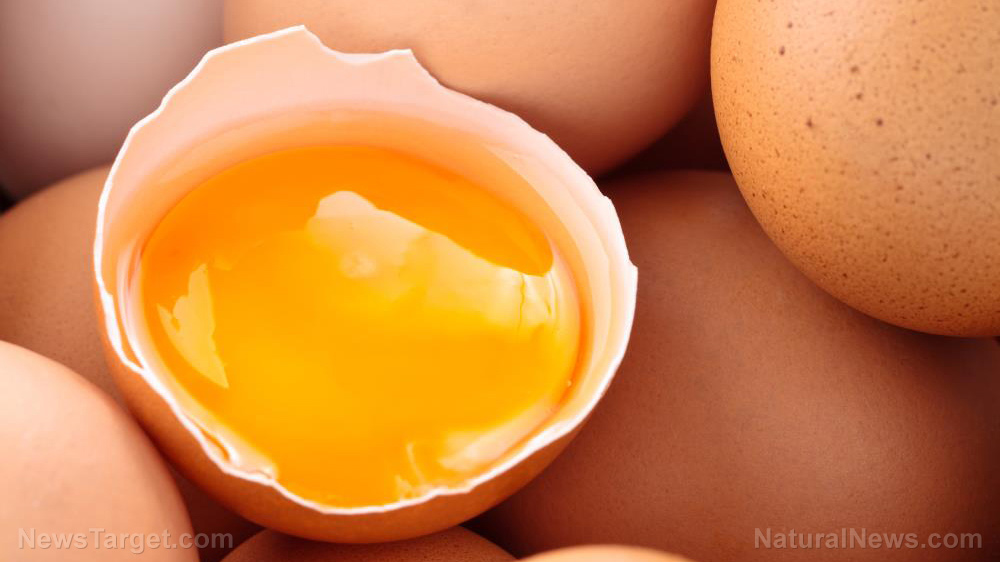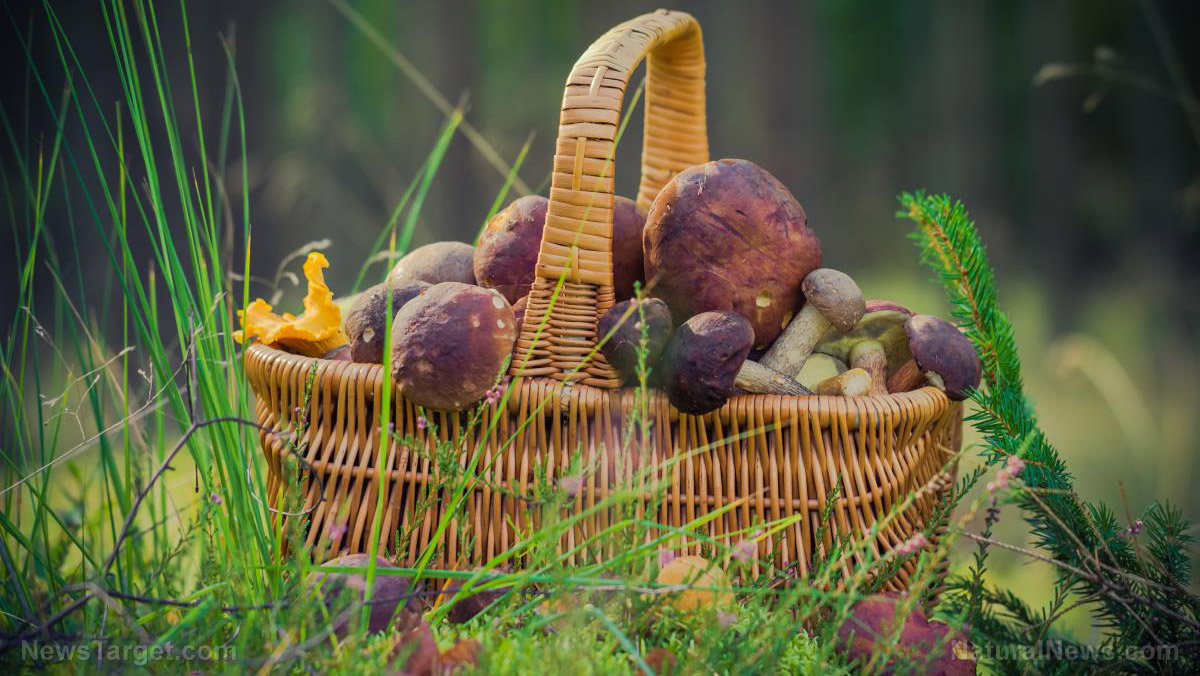
Advertisement
Did you know that eggshells contain nutrients that are good for garden soil? Once you’re done making omelets, save those eggshells and use them in your garden to keep pests away or to make compost. (h/t to TheHomesteadingHippy.com)
Eggshells contain minerals such as calcium (in the form of calcium carbonate), fluoride, magnesium, protein, selenium and strontium. All these minerals help boost soil and plant health.
Check out these seven ways to use eggshells in your home garden.
Eggshell tea
To boost plant health, make mineral-rich eggshell tea.
First, boil one gallon of water. Add 10 to 20 clean, dry eggshells, then let the mixture sit overnight or for several days.
Once the “tea” is finished steeping, strain out the eggshells. Pour the cooled mixture around the base of a plant so it can absorb the nutrients in the water.
Seed starters
To use eggshells as seed starters, save the larger half of the shells, then let them dry out.
Once the shells are dry, take a pointed tool and make a small hole at the bottom side of the eggshell to create a hole for drainage. Do this carefully so you don’t crack the shells.
Get an empty egg carton and place the shells with the holes up. Fill all the shells ¾ of the way with compost, peat moss, or seed starter. Plant seeds in the shells and follow seed packet directions.
Water the seeds as needed and wait until the seedlings sprout.
The eggshells provide fertilizer and nutrients for the seedlings. At the same time, the shell acts as a biodegradable pot. When it’s time to transplant the seedlings, gently crack the egg before planting. (Related: 5 Garden hacks to boost production and reduce loss.)
Compost
Composting eggshells maximizes their nutrient content.
Add eggshells into a compost pile together with coffee grounds, unused vegetables and other items you usually add to the compost bin. Make sure the compost reaches a temperature of 140 to 160 F to kill any salmonella in the mixture.
- One part greens — coffee grounds, fruit and vegetable peelings, kitchen scraps (except bones, meat, and leftover food), grass cuttings, etc.
- Two to three parts browns — paper, dried leaves, plant parts or straw.
Compost that is turned and watered correctly will reach 140 to 160 F.
Vermiculture
To use eggshells for vermiculture (worm composting), dry them out and pulverize the shells into a fine grit.
Sprinkle the grit on top of the worms’ bedding. The worms will consume the crushed shells and they will eventually produce nutrient-rich worm castings and worm bedding.
Adjusting soil pH balance
Use a soil test kit or a soil meter to determine the pH of your soil. Some plants require acidic soil, while others prefer alkaline soil. Read up on the plants you want to cultivate to determine the best pH for your garden soil.
Calcium-rich eggshells can moderate the pH level of soil that’s too acidic. Crush or pulverize dried shells, then add it to the soil to balance the acidity. You’ll need a lot of shells to balance the pH of your whole garden.
Calcium supplement for tomatoes
Tomatoes can suffer from blossom-end rot, which results in a spot on the bottom of the tomato. The rot starts as a small, watery looking spot that grows larger and darker in color.
Blossom-end rot also affects other plants like cucumbers, melons, peppers and squash. It occurs due to uneven water distribution in your plants, which is often caused by cold soil, too much salt in the soil or uneven moisture fluctuations. These factors stress the plant, making it unable to adequately move calcium where it is needed.
Prevent blossom-end rot by enriching your soil with calcium-rich eggshells. Either till shells right into the soil or sprinkle crushed eggshells into the hole where the plants will be transplanted.
However, some experts say the calcium carbonate in shells isn’t directly bioavailable to plants. To address this, add shells to compost or vermicompost to give the mixture a calcium-boost.
Natural snail and slug repellent
Diatomaceous earth (DE) is used to create a physical barrier that keeps bugs away from plants.
If you don’t have DE, you can use crushed eggshells instead. Sprinkle crushed shells around your plants to keep snails and slugs away.
Preparing eggshells
Chicken can carry bacteria like salmonella, and the pathogen can be transferred to eggs, especially those with small cracks in the shell. To prevent salmonella pathogens from spreading in your garden, sterilize eggshells before using them.
Sterilize shells in one of two ways:
- Rinse the shells and remove egg whites or yolks. Place the shells in a pot, cover them with water, then bring the water to a boil for five minutes. Drain the shells, then set them aside until they’re completely dry.
- Bake the shells in the oven, preheated to 250 F. Place the shells on a cookie sheet, then bake them for 10 minutes until they’re dry. Don’t bake the shells too long or they’ll turn brown. Let the shells cool completely before use.
Don’t let useful items like eggshells go to waste. Visit HomeGardeningNews.com for more tips on improving your home garden.
Sources:
Advertisements







